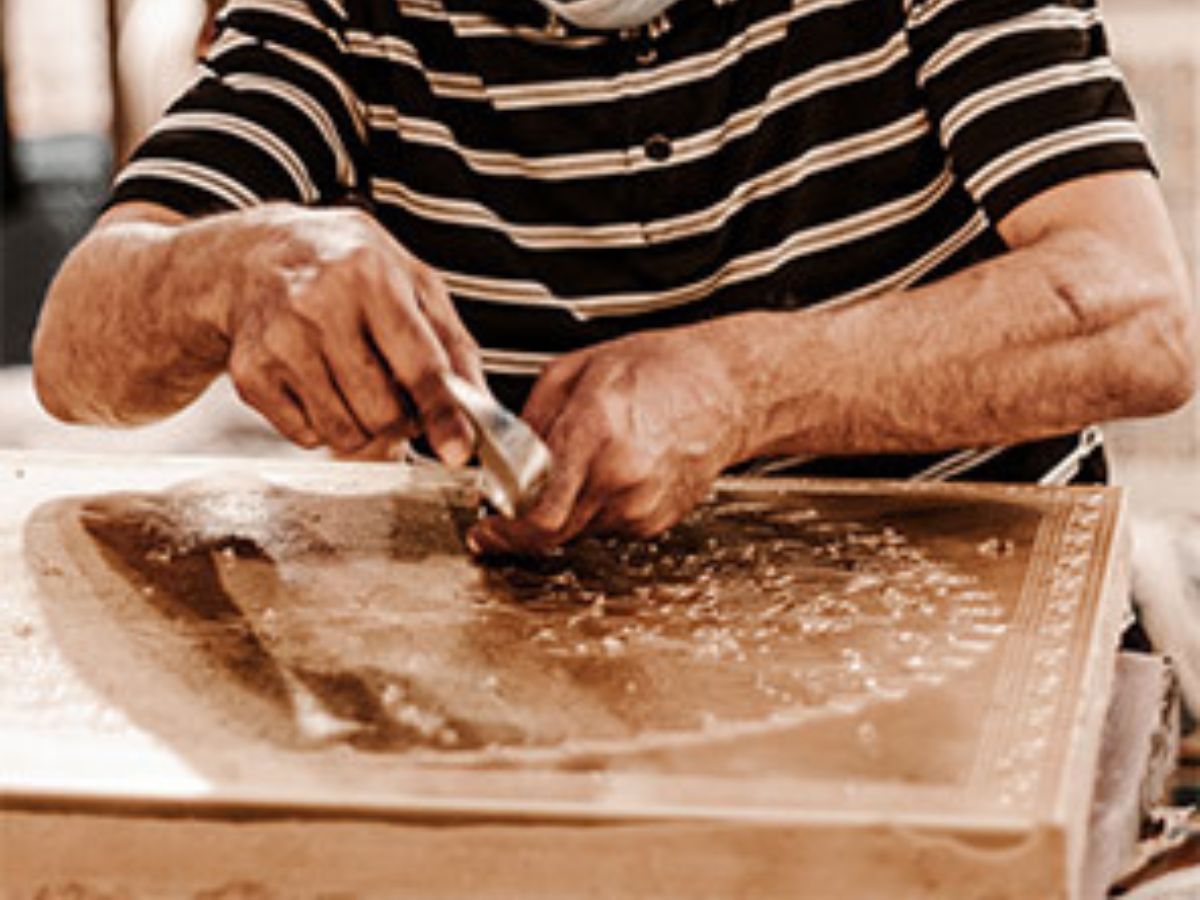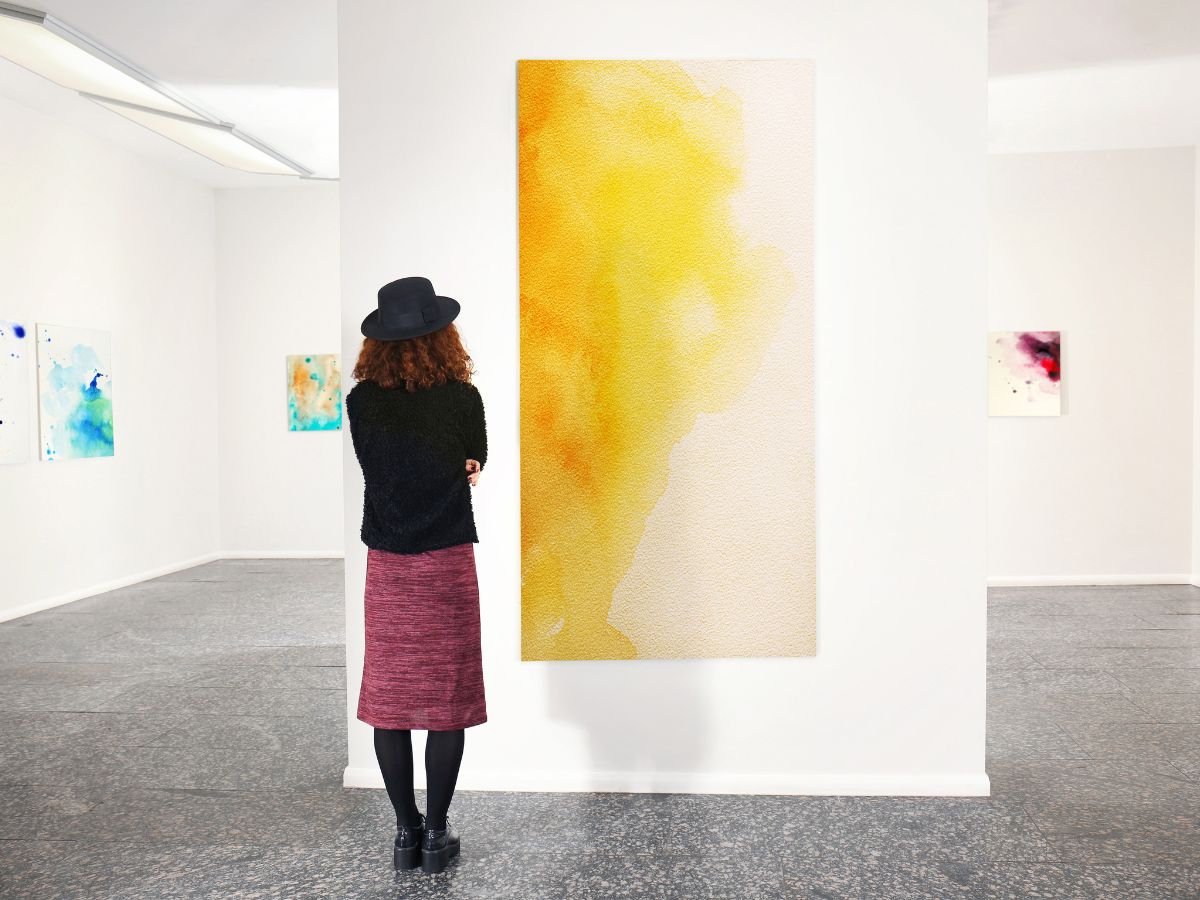
8 Tips for Painting Large Scale for Artists
Painting big feels different. It asks more from your body, your materials and your mindset. Whether you’re stretching your first oversized canvas or prepping for a mural, large-scale work pushes you into new territory. Here are practical tips that make the jump easier and a lot more enjoyable.







